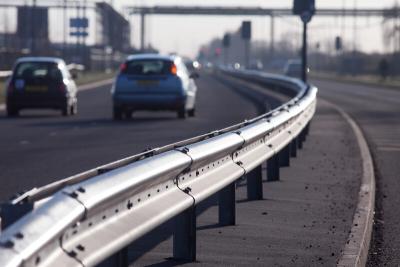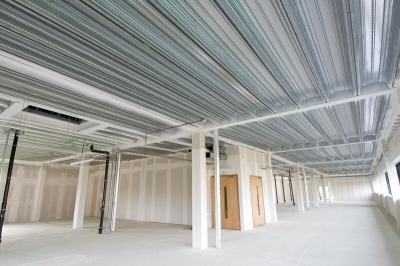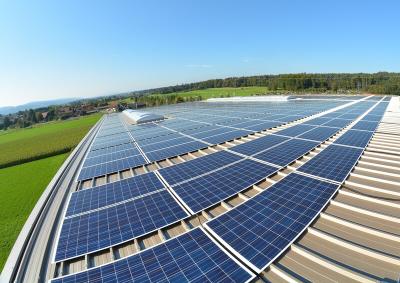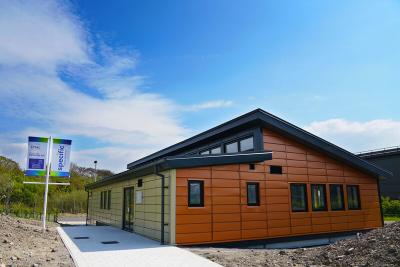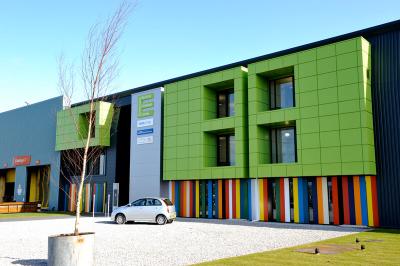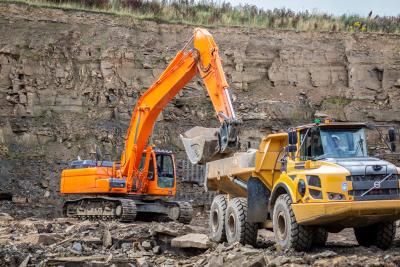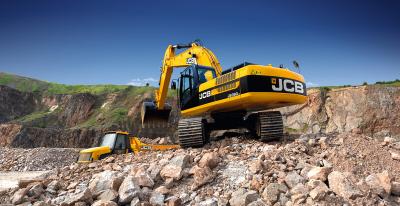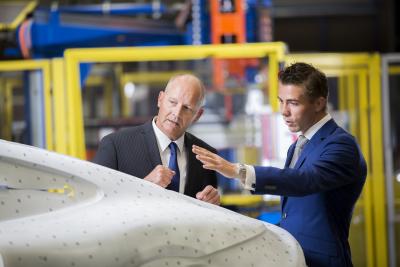Steel is more than twice as sustainable as other materials when used to construct bridges, according to an independent study carried out on behalf of the Rijksdienst voor Ondernemend Nederland (a Dutch government organisation supporting entrepreneurship, with a focus on sustainability and innovation).
The study – ‘Comparative Life Cycle Analysis of Bridges’ – was carried out by environmental consultancy Beco with input from suppliers of the all main different kinds of construction materials (wood, concrete, plastics and steel).
The new study analysed the construction of two types of bridges: a road bridge and a bicycle bridge. It found that steel performs best in road bridges because of the low environmental footprint due to the relatively low weight as well as the excellent recycling properties of steel. Compared to plastic composites, a steel road bridge has a 60% lower environmental footprint. Wood scores best for bicycle bridges, followed by steel, concrete and (at a distance) plastics.
Bauke Bonnema, General Manager of the Construction Centre NL at Tata Steel, said: “The outcome of this study is of great significance to designers and architects, construction companies and those responsible for materials purchasing for projects. Increasingly, sustainability has become an important factor in selecting construction materials. This study confirms that steel is an extremely sustainable material: more than twice as sustainable as plastic composites.
“Most people don’t realise that steel can be endlessly recycled without loss of quality and on this basis is a true cradle-to-cradle material, which means it is used but never consumed because it is recycled in a closed loop that can continue forever. What’s more: recycled steel can be ‘upcycled’ into steel of a higher quality than the original material, a unique characteristic of steel. Wood and plastic composites are burned at the end of their lifecycles and concrete is ‘downcycled’ to roadfill material or gravel.
“From a resources point of view our society needs to develop into a circular economy, whereby materials can be fed back into the cycle in a closed loop process. That is why this study has taken into consideration the full lifecycle of the various materials, a necessary step in coming to a sound and balanced judgment about a material’s relative sustainability. As a cradle-to-cradle material, steel always remains part of the circle, making it perfectly sustainable and in line with the European Commission’s call this week for the establishment of a circular economy that conserves materials and resources.”
Today’s advanced steels are extremely strong, resulting in increasingly lightweight structures. Using steel, bridges can be constructed that are 4 to 8 times lighter than concrete bridges. Steel bridges even match the weight of plastic composite bridges. Using the grades of steel available today, the amount of steel originally used to build the Eiffel Tower could be used to construct three Eiffel Towers today.
The new study was carried out by environmental consultancy Beco. The accuracy and objectivity of the principles and design was overseen by a steering committee comprising experts in the field of construction and sustainability from the Dutch government’s Rijksdienst voor Ondernemend Nederland, the Ministry of Infrastructure, Bam InfraConsult and environmental consultancy NIBE. The study was also reviewed by environmental experts from the University of Amsterdam (IVAM).
The results of the study can be downloaded from the website of Rijksdienst voor Ondernemend Nederland (in Dutch, with an English summary on pages 7-11).
-ends-
For more information, please contact:
Bob Jones T. +44 (0)20 7717 4532 or E. bob.jones@tatasteel.com
About Tata Steel’s European operations
Tata Steel is Europe's second largest steel producer, with steelmaking in the UK and Netherlands, and manufacturing plants across Europe. The company supplies products and services to the most demanding markets, including construction, automotive, packaging, rail, lifting & excavating, energy & power and aerospace. The combined Tata Steel group is one of the world’s largest steel producers, with a steel capacity of 29 million tonnes and 80,000 employees across four continents.






































